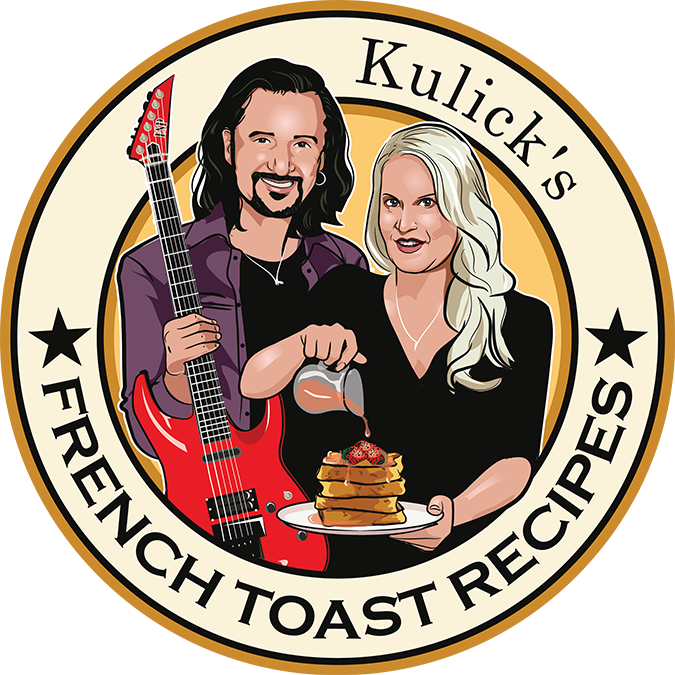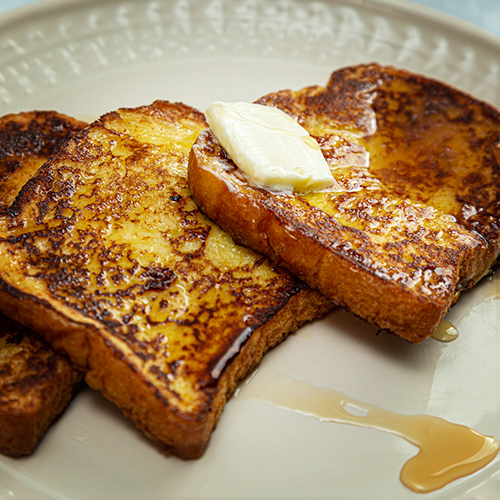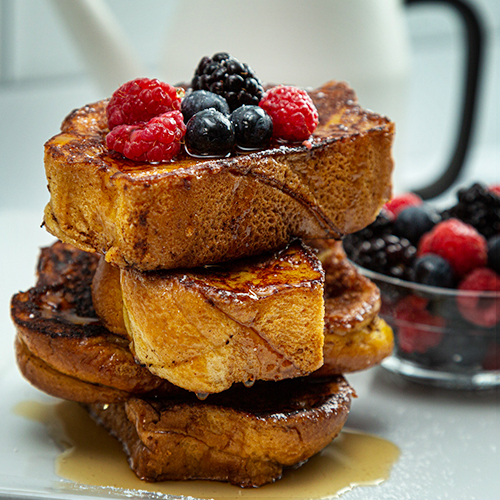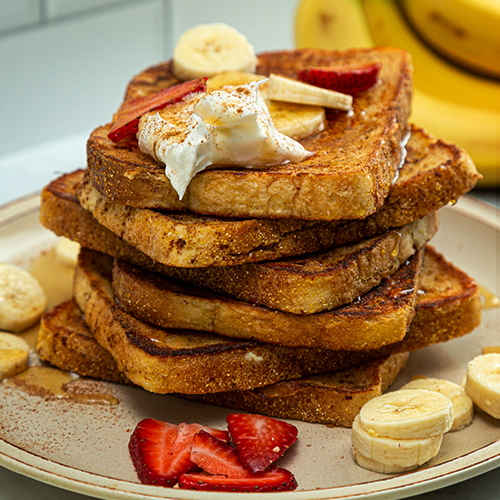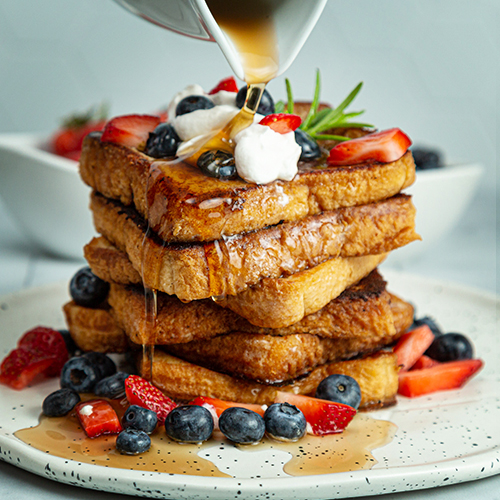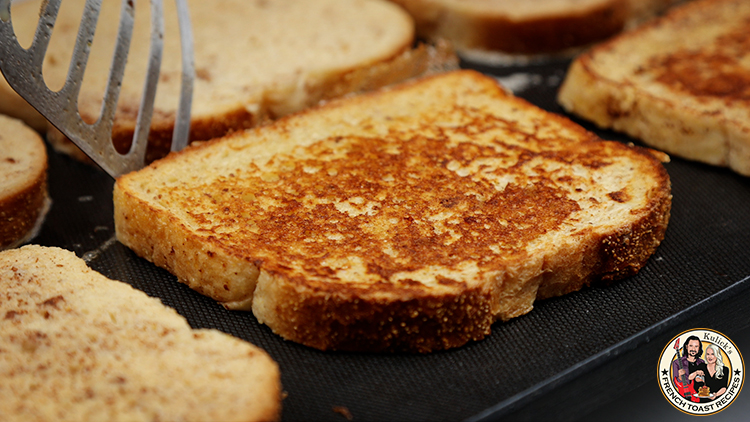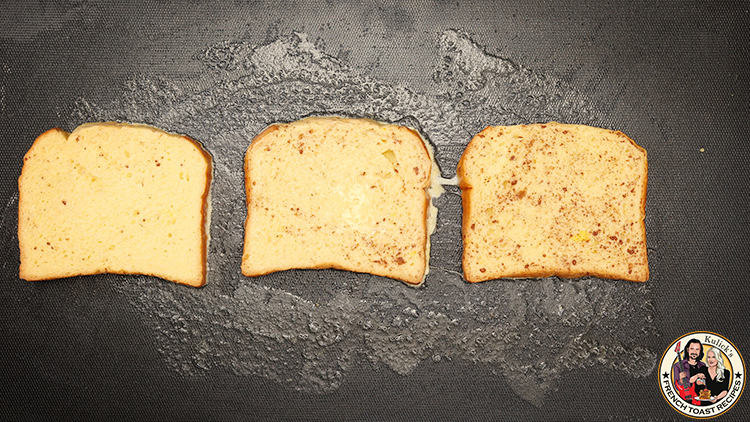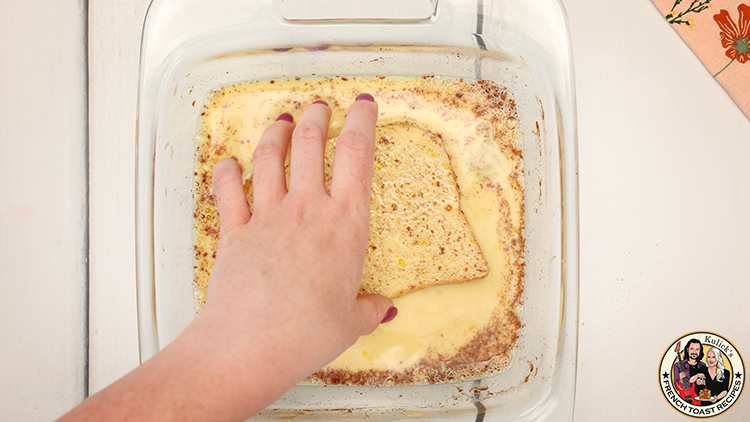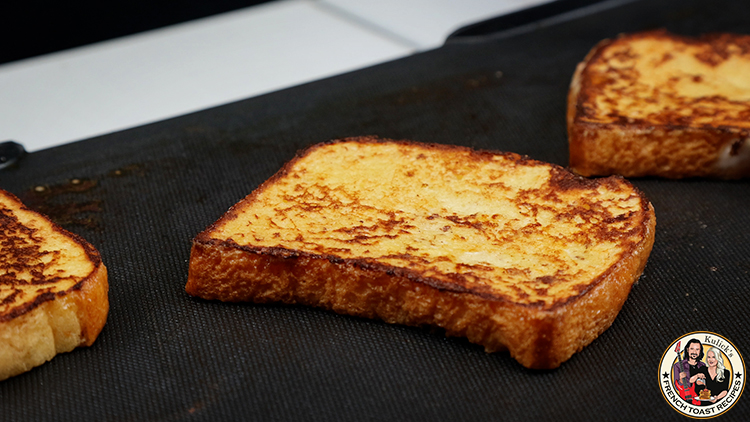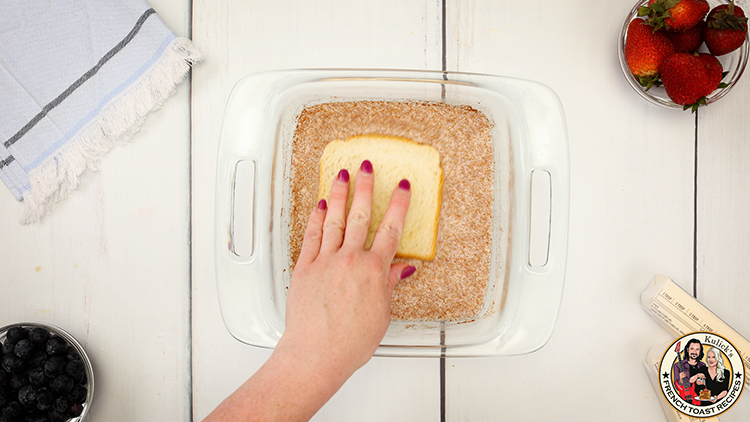Are Pancakes or French Toast Healthier?
There are a few different ways to look at pancakes and French toast when you’re trying to figure out which one is healthier, and ultimately, it’s hard to declare a clear winner.
On one hand, the average plate of pancakes contains around 500 calories, 88 grams of carbohydrates, and 4 grams of saturated fat, while a similar-sized serving of French toast has around 990 calories, 120 grams of carbohydrates, and 18 grams of saturated fat. These numbers would appear to make pancakes the winner.
However, French toast is typically higher in protein and fiber than pancakes, and it can be made with whole-grain bread to up the health factor even further. Pancakes may also contain add-ins like chocolate chips that make them worse for you. And pancakes tend to be more porous, soaking up more syrup more quickly than French toast does.
In the end, it’s a bit of a toss-up, with the true answer depending on the specific recipe you use, the toppings you add, and which types of nutrients are most important to you.
